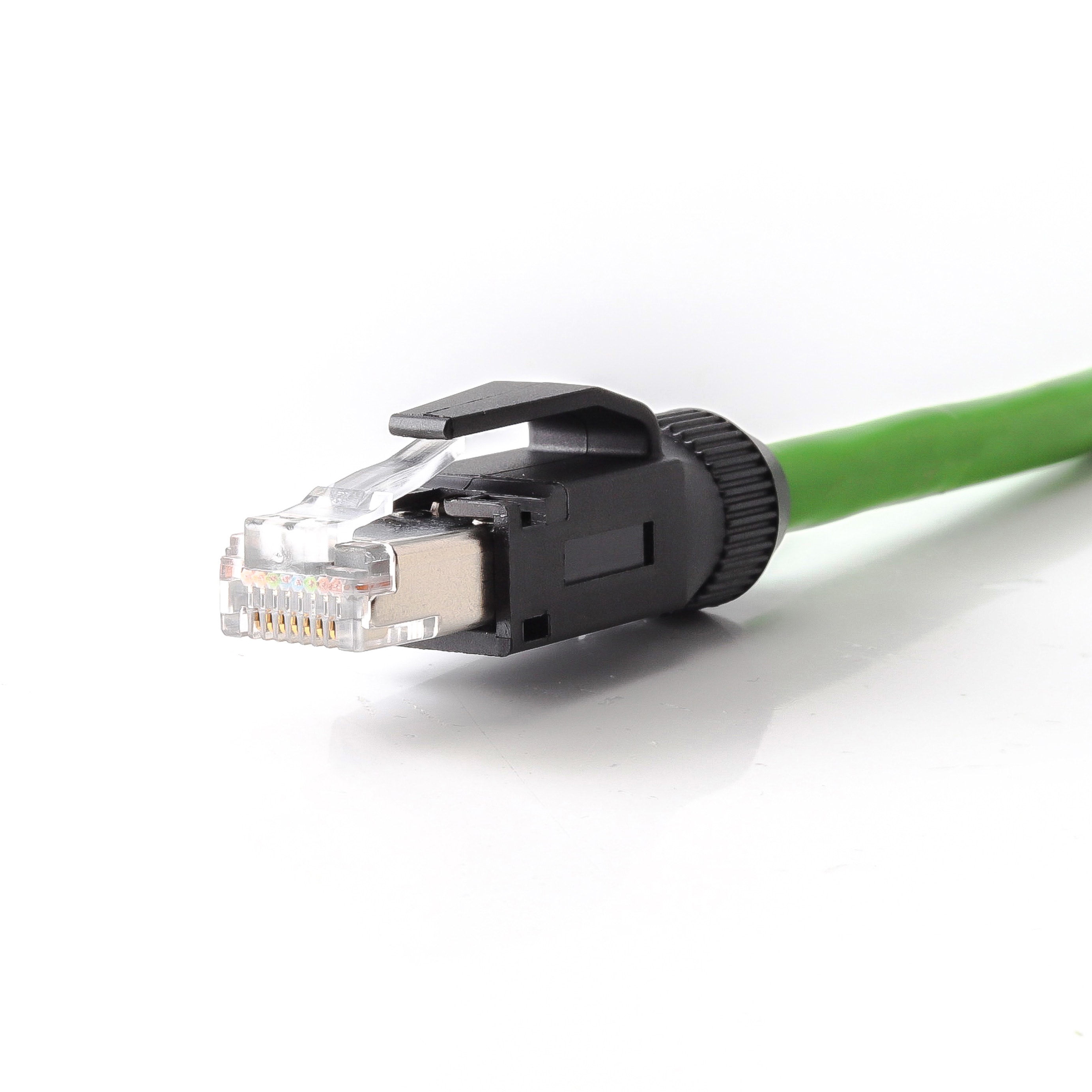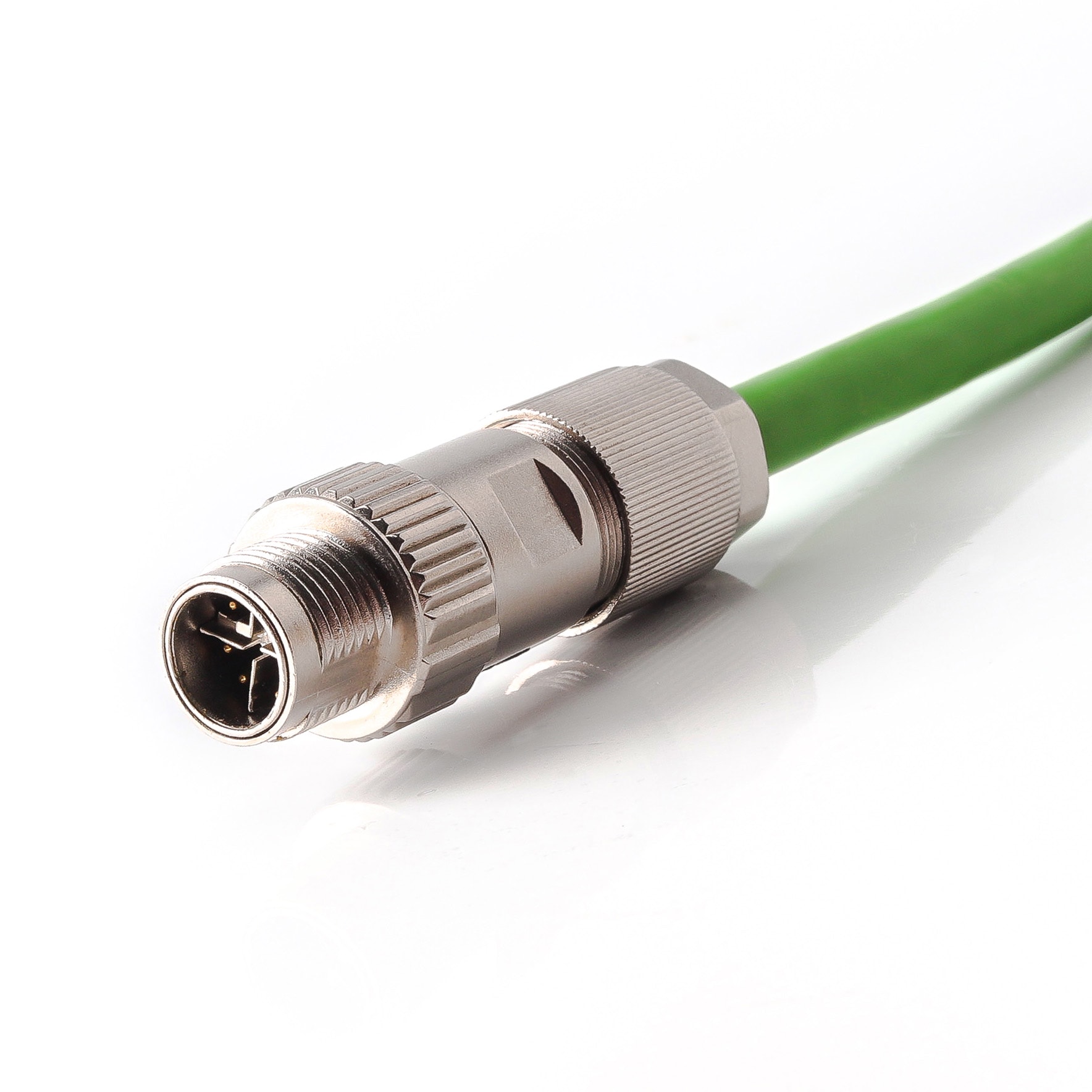In today’s connected world, communication cables form the backbone of nearly every digital system. From internet networks and data centers to industrial automation and office environments, reliable cabling ensures that data flows smoothly and efficiently. When cables fail, systems can experience downtime, productivity can drop, and maintenance costs can rise. This makes understanding the different types of communication cables essential for professionals managing networks, IT infrastructure, or industrial systems.
Communication cables come in various types, each designed to meet specific performance needs. The three primary categories are twisted-pair cables, fiber-optic cables, and coaxial cables. Each has unique features, performance characteristics, and ideal use cases. Knowing the differences can help you select the right cable for your environment and ensure network reliability. Before exploring each type, it’s important to consider key performance indicators such as bandwidth and transmission speed.
Bandwidth refers to the maximum amount of data that can be transmitted at a given time, often measured in hertz (Hz). Higher bandwidth means more data can flow simultaneously, which is crucial for internet services, large file transfers, or video streaming. Transmission speed, usually expressed in gigabits per second (Gbps), represents how quickly data actually moves across the network. Both factors influence overall system performance, and choosing cables that meet or exceed your requirements is essential.
Twisted-Pair Cables
Twisted-pair cables are among the most commonly used communication cables. Their structure is simple but effective: two insulated copper wires are twisted around each other to reduce electromagnetic interference (EMI) from surrounding devices. This design makes twisted-pair cables suitable for a wide range of applications, including local area networks (LANs), office networking, home internet connections, and industrial automation systems.
There are several subtypes of twisted-pair cables, each providing different levels of protection:
Unshielded Twisted Pair (UTP): This is the most common type and is often used in homes and offices. UTP cables are easy to install and cost-effective but provide minimal protection against EMI.
Foiled Twisted Pair (FTP): FTP cables include a thin layer of shielding to reduce interference. They are suitable for environments with moderate electrical noise, such as near industrial machinery or electrical panels.
Shielded Twisted Pair (STP): STP cables provide the highest level of EMI protection, making them ideal for industrial environments or areas with high electromagnetic interference.
Twisted-pair cables are classified into categories, commonly referred to as Cat5e, Cat6, Cat6a, Cat7, and Cat8, based on their data transmission speed, bandwidth, and shielding features. For example, Cat5e supports up to 1 Gbps at 100 MHz, while Cat6a can handle 10 Gbps at 500 MHz. These category ratings help professionals choose cables that match specific networking needs, whether for a home office, commercial building, or industrial data center.
For harsher environments, industrial Ethernet cables offer extra durability. They feature thicker jackets, additional shielding, and materials designed to resist chemicals, extreme temperatures, and mechanical stress. These rugged cables ensure that critical systems maintain connectivity even under challenging conditions, demonstrating the versatility of twisted-pair technology.

Fiber-Optic Cables
While twisted-pair cables are cost-effective and widely used, fiber-optic cables are designed for high-speed data transfer over longer distances. Instead of electrical signals, fiber-optic cables use light to transmit information, making them immune to EMI and ideal for environments where data integrity is critical.
Fiber-optic cables are available in two main types:
Single-Mode Fiber: With a narrow core, single-mode fiber transmits a single beam of light over long distances with minimal signal loss. This makes it perfect for telecommunications, long-distance internet connections, and enterprise backbone networks.
Multimode Fiber: Multimode fiber has a wider core and can carry multiple light signals simultaneously. It is suitable for shorter-distance applications, such as intra-building networks, data centers, and high-bandwidth multimedia installations.
Within multimode fiber, cables are further categorized by OM ratings (OM1–OM5), which indicate bandwidth capacity and maximum transmission distance. OM3 and OM4 are commonly used in modern data centers for high-speed connections, while OM5 supports multiple wavelengths for advanced applications and future-proofing.
Fiber-optic cables are favored in scenarios requiring high data rates, low latency, and immunity to electromagnetic interference. Despite being more expensive than twisted-pair solutions, their performance and scalability make them essential for modern enterprise and industrial networks.
Coaxial Cables
Coaxial cables, or coax cables, provide a middle ground between twisted-pair and fiber-optic solutions. They consist of a central conductor surrounded by insulation, an outer conductor, and a protective jacket. This construction provides greater EMI resistance than twisted-pair cables and can support higher bandwidths, though not as high as fiber-optic cables.
Coaxial cables are often used for TV, satellite connections, broadband internet, and CCTV systems. Common types include RG-6, RG-59, RG-11, and RG-58 cable, each with specific impedance, attenuation, and frequency characteristics to suit different distances and signal requirements. For example, RG-6 is widely used for residential broadband and satellite TV, while RG-11 is ideal for long-distance runs due to its low signal loss.
While coaxial cables are reliable and versatile, some engineers consider them less future-proof than fiber-optic or advanced twisted-pair solutions, especially in high-speed or high-bandwidth environments. Nevertheless, their ease of installation and mid-range performance keeps them relevant in many applications.

Types of Fiber-Optic Cables in Detail
When choosing a fiber-optic cable, it’s essential to understand the differences between single-mode and multimode fiber, as each serves distinct purposes.
Single-mode fiber cables feature a narrow core that allows a single beam of light to travel directly down the fiber. This design minimizes signal reflections and attenuation, making single-mode fiber ideal for long-distance transmissions, such as between cities, across campuses, or in telecommunications networks. They can carry data at extremely high speeds over hundreds of kilometers with minimal signal loss. Though slightly more expensive due to manufacturing precision and materials, single-mode cables provide unmatched performance for backbone networks and high-bandwidth applications.
Multimode fiber cables, on the other hand, have a wider core that supports multiple light paths. This enables them to carry large amounts of data over shorter distances, such as within buildings or data centers. Multimode fiber is easier to terminate and more flexible than single-mode fiber, making it practical for indoor networking where installation space may be limited.
Within multimode fiber, cables are classified with OM ratings, which define bandwidth capacity and maximum distance:
OM1: Low-cost option, suitable for legacy networks and shorter runs, typically supporting up to 1 Gbps over short distances.
OM2: Medium performance, capable of handling 1 Gbps up to 550 meters and 10 Gbps over shorter distances.
OM3 and OM4: High-performance cables commonly used in modern data centers. They support 10 Gbps, 40 Gbps, and even 100 Gbps connections over medium distances.
OM5: The latest standard, supporting multiple light wavelengths for advanced data transfer. OM5 is ideal for future-proof networks in enterprise and industrial environments.
By selecting the appropriate fiber-optic cable, organizations can balance cost, distance, and bandwidth needs, ensuring network reliability and scalability for years to come.
Types of Coaxial Cables
While fiber-optic and twisted-pair cables dominate modern high-speed networks, coaxial cables remain important for many applications. Their construction—a central conductor surrounded by insulation, shielding, and an outer jacket—provides strong EMI protection and consistent signal transmission.
Several coaxial cable types are widely used:
RG-6: The most common coaxial cable for residential TV, satellite, and broadband internet. RG-6 offers good shielding and can carry higher-frequency signals over moderate distances.
RG-59: Suitable for lower-frequency applications such as CCTV, some video installations, and older security systems. It is thinner, more flexible, and easier to install in tight spaces.
RG-11: Designed for long-distance runs, RG-11 has low signal attenuation but is less flexible. It is used in installations that require minimal signal loss over large buildings, campuses, or underground runs.
RG-58: Often used in legacy systems like amateur radio or older Ethernet setups (10BASE2). RG-58 is compact and flexible, suitable for short-distance connections.
Coaxial cables continue to be a practical choice in many scenarios because they strike a balance between cost, performance, and ease of installation. However, for environments requiring extremely high bandwidth or ultra-long distances, fiber-optic solutions may be preferred.
Choosing the Right Communication Cable
Selecting the correct communication cable depends on multiple factors, including distance, bandwidth, environmental conditions, and cost. For example:
Short-distance office networks often use Cat5e or Cat6 twisted-pair cables for reliable Ethernet connections at affordable prices.
Industrial environments may require shielded twisted-pair cables or industrial Ethernet cables to withstand EMI, mechanical stress, and extreme temperatures.
High-speed data centers typically deploy multimode or single-mode fiber-optic cables to support large volumes of traffic over medium to long distances.
Residential TV or satellite setups benefit from coaxial cables like RG-6, which provide high signal integrity at reasonable cost.
It’s also crucial to consider future scalability. Using higher-category twisted-pair cables or high-performance fiber-optic cables ensures your network can handle increased data loads without requiring costly replacements.
Installation and maintenance are additional considerations. Cables must be compatible with connectors, routers, switches, and other network equipment. Proper cable management, grounding, and shielding are vital for maintaining long-term reliability.
Conclusion
Understanding the different types of communication cables—twisted-pair, fiber-optic, and coaxial—is essential for building reliable, high-performance networks. Each cable type offers unique advantages and limitations: twisted-pair cables are cost-effective and versatile; fiber-optic cables provide ultra-high speeds and long-distance coverage; coaxial cables deliver balanced performance and strong EMI resistance. Choosing the right cable for your application improves data transmission, minimizes downtime, and ensures long-term efficiency.
For businesses and industrial applications, sourcing high-quality cables from a reliable supplier is critical. Amissiontech, a leading industrial cable supplier, provides a wide selection of communication cables designed to meet the demanding needs of modern networks, industrial automation, and enterprise infrastructures. By selecting the right cables and working with trusted suppliers, you can ensure your systems remain fast, stable, and future-proof.

 EN
EN DE
DE JP
JP ES
ES SE
SE FR
FR IT
IT CN
CN 한국어
한국어 ภาษาไทย
ภาษาไทย بالعربية
بالعربية Nederlands
Nederlands Türkçe
Türkçe Język polski
Język polski Tiếng Việt
Tiếng Việt Zulu
Zulu Bahasa Malay
Bahasa Malay


